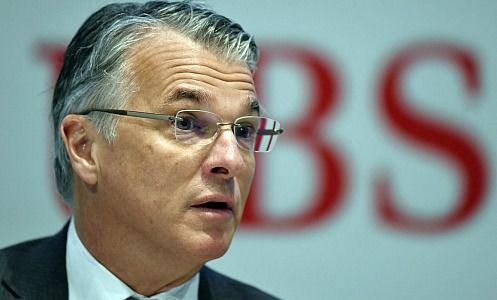UBS CEO Sergio Ermotti is hidebound to a rigid, seven-year-old strategy. What could he do differently? finews.com provides eight ideas.
The Swiss wealth giant’s perception of itself continues to drift from how investors view the bank. While CEO Sergio Ermotti talks up the merits of the world’s largest wealth manager, shareholders are irked by a lackluster performance in the flagship unit.
Clearly, Ermotti needs to tweak UBS’ strategy more than he has been willing to do so until now. finews.com offers eight potential ideas as food for thought.
1. Wealth Manager or Asset Servicer?
UBS storms from quarter to quarter as the world’s largest private bank, but is earning less and less on it every year. Why can’t UBS «monetize» its size? An increasing portion of its assets are inactive: UBS is relegated to asset servicer and custodian for some of its wealthiest clients.
That’s fine – U.S. rival State Street shows the asset servicing business is lucrative. But UBS’ private bank, with an armada of private bankers, isn’t set up for that. At State Street, an elaborate middle-and back-office outweighs advisers. With $3 trillion in assets, UBS has the heft to succeed as an asset servicer.
2. Build a Digital Bank – Really
No other bank in Switzerland – or even globally – as poised as UBS is to build a mobile retail bank or digital wealth manager for younger clients. Why? Firstly, retail banking is quickly moving towards an overwhelmingly digital, mobile experience: tomorrow’s clientele doesn’t want branches. Secondly, today’s affluent clients are tomorrow’s wealthy. Other private banks more clearly identify «Henrys,»: high earners, not rich yet who are tech-savvy.
A digital wealth manager with the cost discipline and radical customer focus on a start-up, but the renown of UBS behind it, would be a big draw. To do so, UBS would have to become let go of its «control freak» ways and let a team found a smartphone/digital bank independently, and ideally out of reach of Bahnhofstrasse headquarters.
- Page 1 of 3
- Next >>



































